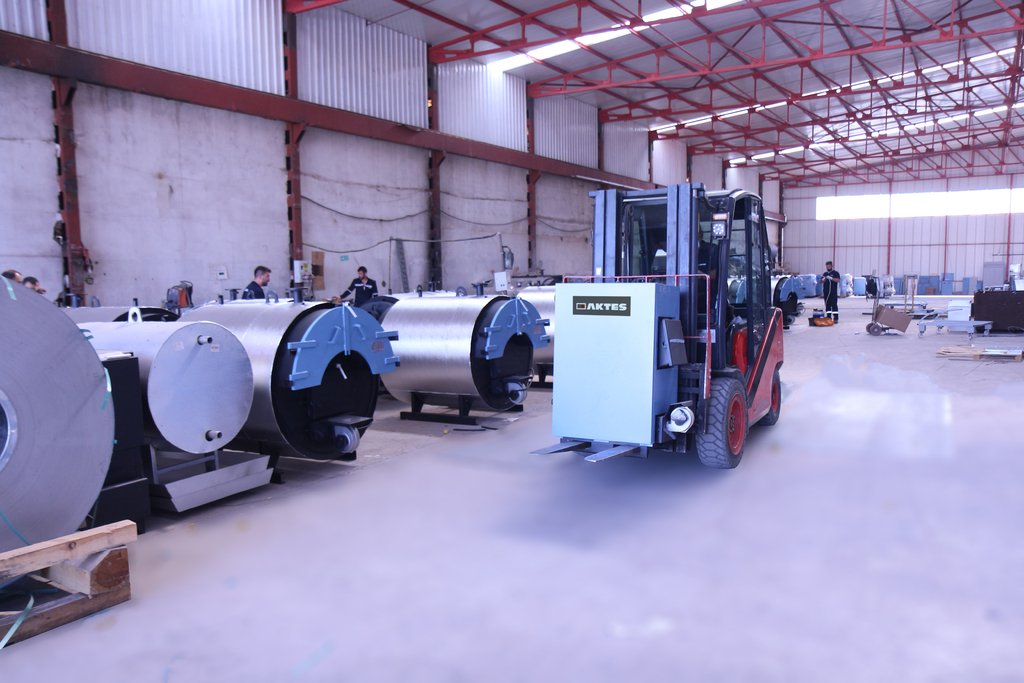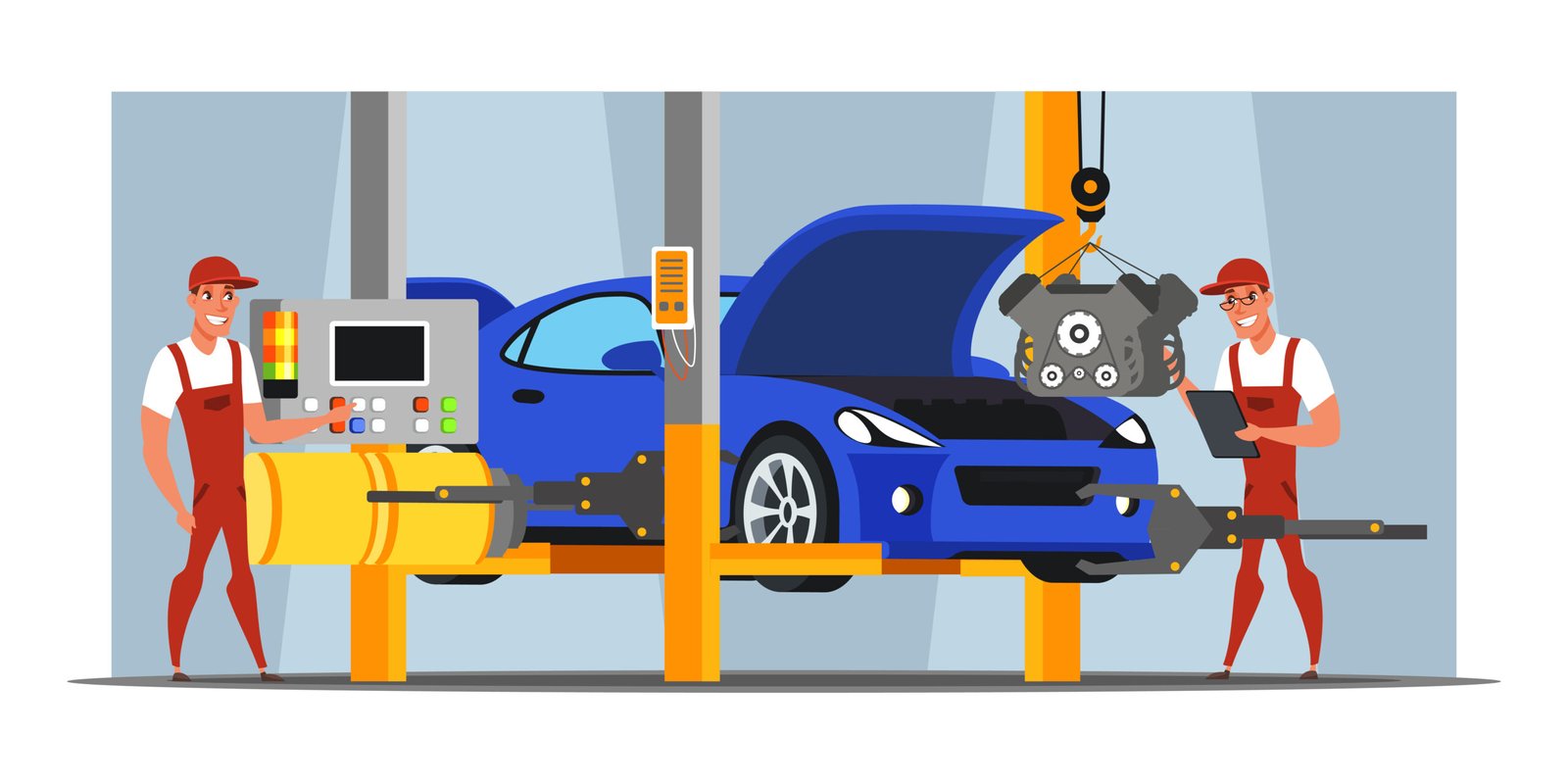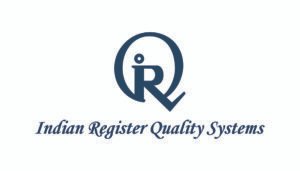Tag: ISO 9001 vs. IATF 16949

IATF 16949 vs ISO 9001: Understanding the Key Differences for Automotive Manufacturers
Many corporations employ more than one quality assurance program for optimal functionality. One requires maximized quality assurance for their production unit to guarantee top-grade products and services. It is critical for the automotive makes to meet the highest standards of quality and safety. The competition is growing at an incredible pace, and thus, ISO 9001 and IATF 16949 have become the go-to resource for manufacturing resources. ISO 9001 and IATF 16949 programs have similarities and differences. Recognize the prime distinctions between these two quality assurance programs. It will help you choose the ideal certification requirements for your business. ISO 9001 and IATF 16949 are the best-in-class quality assurance programs in the automotive industry. The certification program and quality assurance framework help organizations establish the critical standards, guidelines, and ideal practices related to manufacturing and supplying the highest quality products in the market. Both certification programs emphasize quality management. But there are prime aspects that make the certifications unique in their own ways. Identify the keyways and consider the prime aspects before choosing one over the other. Determine the ideal quality assurance program that can suit the best for your organization. Read on and learn more about ISO 9001 and IATF 16949 by highlighting their differences and similarities. Understanding ISO 9001 The International Organization for Standardization, or ISO, defines world-class standards for various quality control requirements. One can find the certification programs in 170 countries across the world. The ISO norms are suitable and applicable for food safety, product quality, manufacturing processes, management systems, and other environmental issues. An organization can acquire the certification through a third-party auditor. The certification confirms that the company adheres to the industry-specific quality requirements. This certification exhibits the reliability of the company. Quality assurance certifications for automotive companies are critical to ensure vehicle safety. There are various versions of ISO 9000, including – 9001, 9004, and 9002. For example, ISO 19000 focuses on the three fundamental elements of quality management. It includes people, processes, and end products. These principles are critical to assure product excellence. But these do not focus on improving the work environment. It is the prime reason IATF 16949 has become an extensive choice. It delivers a comprehensive solution. Understanding IATF 16949 IATF stands for International Automotive Task Force. The IATF 16949 certification defines the critical Vehicle Production Quality Management System Requirements. It got established by automakers more than ten years ago. The automotive manufacturers must conform to the safety norms and pass the quality inspections to receive certification under IATF 16949. It involves more than the conventional quality assurance measures. IATF 16949 focuses on the safety of the industrial plant and specifies the ideal techniques of automotive manufacturing. It covers everything from start to finish, including logistics. The International Automotive Task Force, or IATF, is a well-developed quality management system standard. It is an excellent choice for the automotive companies. The International Standard of Quality Management System Requirements for Production, Installation, and Maintenance of Vehicles was developed to regulate quality procedures across the world. Prime differences – ISO 9001 versus IATF 16949 Organizations can be certified to ISO 9001 and IATF 16949. A company can use its certification to exhibit its commitment to quality management and ensure continuous improvement in the automotive industry. Organizations that are exclusively certified to ISO 9001 can simplify the requirements and adhere to the evolved norms of IATF 16949 to promote better quality management. How? Because IATF 16949 certification depends on ISO 9001, easing the requirements to the next level. However, organizations not certified to ISO 9001 can still pursue certification to IATF 16949. In such a case, the organization must implement a competent and comprehensive quality management system that satisfies all the requirements of both standards. The penultimate difference between ISO 9001 and IATF 16949 is the approach. ISO 9001 is a general quality management system standard. It is not specific to the automotive industry. It contains the usual requirements applicable to all organizations. With IATF 16949 certification, one can meet the additional specific requirements for automotive suppliers. Recognize the ideal choice. The differences between ISO 9001 and IATF 16949 are diverse and numerous. The differences are related to the respective industries, including manufacturing and supply chain. ISO 9001 focuses exclusively on the internal quality processes. IATF 16949 focuses on the supplier quality management systems. ISO 9001 got published in 1987, and IATF got published in 2002. However, organization owners must consider both. Simply put, if you have the ISO 9001 certification, you should also consider IATF 16949. Selecting the ideal certification program that will work best for your company could be exhausting. Companies require the best quality management standard to stay in the competition. Hence, it is vital to identify the benefits. It will help you realize the best quality standard for industrial operation. Despite the differences of IATF 16949 vs. ISO 9001, identify the crucial benefits to make the best choice. a) Enhanced internal management b) Reduced waste for manufacturers c) Increased efficiency, operational productivity and ROI d) Enhanced employee engagement e) Better customer retention and acquisition f) Consistent improvement and performance measurement Make an informed choice. Recognize the perks of becoming certified to a quality management certification or lab standard. It must increase value to the organization and enhance the organizational operations to the next level.

IATF 16949 vs. ISO 9001: Key Differences and Transitioning Tips
Quality management systems or QMS are vital for organizations. The system is essential to ensure that the products and services follow and live up to the expectations of the customers and meet their requirements. Simply put, it exhibits if the products or services are of high quality. ISO 9001:2015 and IATF 16949:2016 are two extensively recognized standards for quality management. However, there are multiple differences. ISO 9001 is a generic QMS standard. It is apt for all industries and sectors. Find its application everywhere – from agriculture to manufacturing. The QMS is maintained by ISO. In contrast, the IATF 16949 reflects features that make it completely different. The AITF standard is maintained by the International Automotive Task Force. Even though there are differences between IATF 16949 and ISO 9001, the foundation is exclusive. It means both are built on the same foundation. For instance, a company in the automotive sector can implement both ISO 9001 requirements and IATF 16949-specific requirements. Objective – The prime difference ISO 9001:2015 is an all-inclusive quality management standard, and it can be applied to any type of organization. It is apt for all organizations, regardless of size, type, or industry. The quality management system outlines the fundamental requirements for developing, implementing, and maintaining a QMS. It ensures optimal focus on customer satisfaction, continual improvement, and engagement of stakeholders. IATF 16949:2016 certification comprises a specific quality management standard for the automotive industry. It is based on ISO 9001:2015. The IATF 16949:2016 certification includes additional requirements, suitable for the automotive industry. It covers critical aspects like – product traceability, production control measures and service provision, and dynamic customer-specific requirements. IATF 16949:2016 is ideal for automotive manufacturers and product suppliers. In fact, the certification is mandatory for those operating with OEMs or original equipment manufacturers in the automotive industry. Additional requirements – Marking the difference. Both ISO 9001:2015 and IATF 16949:2016 define the prime requirements for a QMS. But there is more. The IATF 16949:2016 certification comprises additional norms and requirements, specific to the automotive industry. The prime differences in requirements are – In a nutshell – A comprehensive overview There are multiple differences between IATF 16949 vs. ISO 9001. But there is more to explore. In fact, IATF 16949 is based on ISO 9001 norms, and it combines the dynamic ISO 9001 requirements. Both certifications offer integral benefits, including – a) Efficient internal management b) Reduced wastage in production c) Enhanced efficiency, productivity, and profits d) Optimal employee engagement e) Maximized customer retention and acquisition f) Consistent production quality Transition is a critical step – Explore the details. The transition from ISO 9001 to IATF certification norms is a step-by-step journey. Experts can help you through the transition. With them, identify the diverse benefits of the updated IATF 16949:2016. The essential aspects of the transition process 1. Obtain a fresh overview of your quality management system 2. Attend the transition training courses and recognize the prime differences 3. Recognize the prime changes to enjoy the diverse improvement opportunities 4. Ensure a well-documented system and obtain an overview of the additional requirements for the quality management standard 5. Implement new requirements on leadership, risk, and context of organization 6. Review the effectiveness of the current quality control system 7. Maintain an impact assessment case study to ease the needs A straightforward approach – Realize the essentials. Transferring the IATF 16949:2016 certification is an effortless solution once you realize the vital rules. One can consult an expert and review the certification body’s contractual terms and conditions. It will help you facilitate the transition process and understand the audit cancellation policies and fees. The quality assessment specialists and service team of experts ease the requirements, helping you navigate the needs for a fuss-free certification transition. ISO and IATF certifications – Explore the benefits. IATF certifications and ISO certifications necessitate optimal effort and commitment. It depends significantly on the manufacturer. Despite the critical steps, one must focus on the following aspects and avoid inconveniences. Closing advice Make a wise choice by considering expert assistance and smoothen the transition process for certification requirements. Ease the worries with the industry specialists and enjoy their professional assistance.
Search
Useful Links
Recent Posts

5 Easy Steps to ISO Certification in Surat: Boost Your Business Today!

The IRQS Edge: What Sets Our ISO 9001 Training Apart from the Competition



